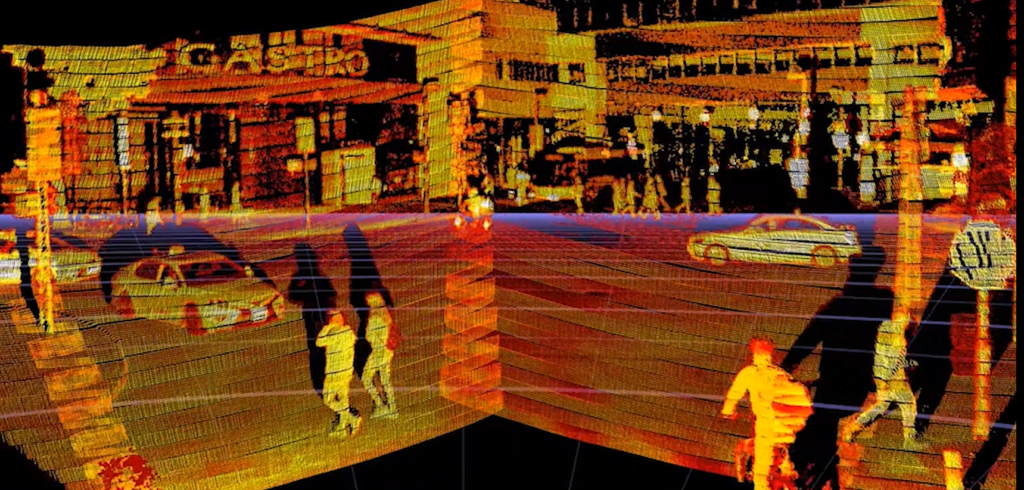Israel-based Innoviz Technologies says it is using Ansys simulation solutions to successfully drive the technology behind its automotive-grade lidar sensors, while reducing development time and costs.
Drawing on the power of Ansys multiphysics capabilities, Innoviz says it relied on the company’s Mechanical, Fluent, Zemax and Maxwell simulation software, working seamlessly together to successfully address lidar system complexity. Through extensive simulation and testing, an extreme integration of components into a single chip was accomplished requiring minimal design iterations and enabling a more compact system.
“We use many types of simulations in the Ansys ecosystem across the entire design chain of our product,” said Oren Buskila, chief R&D officer and co-founder at Innoviz. “We rely on Ansys capabilities to run structural analysis to understand the stresses and temperature variations of our chips. We also use Ansys for dynamic simulation to understand vibration characteristics, and thermal simulation to see if we can dissipate the amount of power from the main components inside, like the laser. Ansys provides excellent simulation software and we value their experience in the automotive space to help us solve our biggest design challenges.”
“Our vast simulation and growing multiphysics capabilities support exploration and discovery in advanced autonomous technologies,” added Shane Emswiler, senior vice president of products at Ansys. “More complex optical applications like lidars require a higher degree of predictive accuracy in their execution. Our tools interface well, both inside and outside our product portfolio, to help our customers quickly move through design cycles with confidence. Simulation software is a game changer in the development of a new generation of more complex lidar systems that will accelerate autonomous vehicle adoption.”


